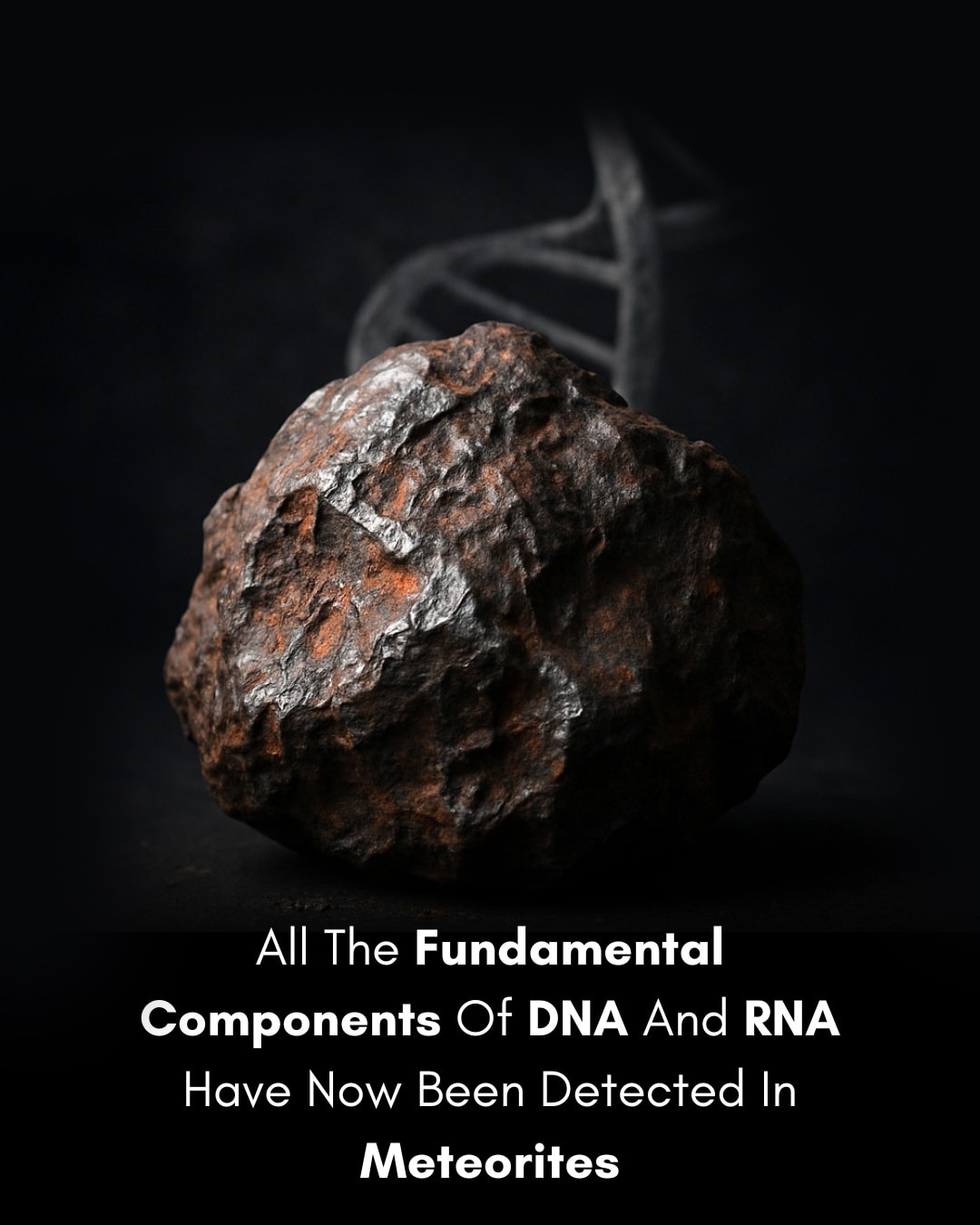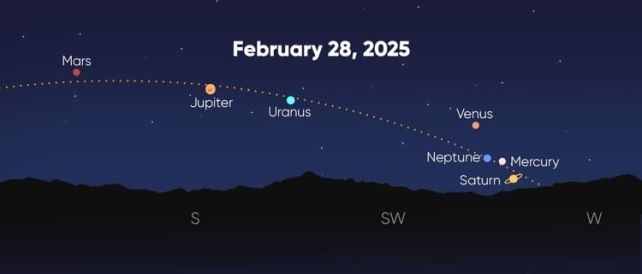In a groundbreaking discovery published in 2022, researchers confirmed that all five nucleobases—adenine (A), guanine (G), cytosine (C), thymine (T), and uracil (U)—which are essential for the formation of DNA and RNA, have been identified in carbon-rich meteorites.
These compounds are critical because they serve as the information-carrying molecules of life.
This discovery was made by analyzing meteorites using advanced techniques such as liquid chromatography and high-resolution mass spectrometry, enabling scientists to detect even the tiniest traces of organic molecules.
Previously, only a few nucleobases had been found in meteorites, but this recent research closed the gap by confirming the presence of all of them.
The findings significantly support the theory that some of the essential ingredients for life may have come from space.
It aligns with the concept of panspermia—the hypothesis that life’s building blocks, or even microbial life itself, could have originated elsewhere in the cosmos and been delivered to Earth via meteorites or comets.
The meteorites analyzed in this study included the Murchison meteorite (which fell in Australia in 1969), known for its rich organic chemistry. The confirmation that extraterrestrial sources contained all nucleobases strengthens the idea that these complex organic molecules could form naturally in space and contribute to prebiotic chemistry on early Earth.
This discovery not only enhances our understanding of how life may have started on Earth, but also has implications for the search for life elsewhere in the universe. If meteorites can deliver such essential ingredients, it is plausible that similar processes could happen on other planets.



